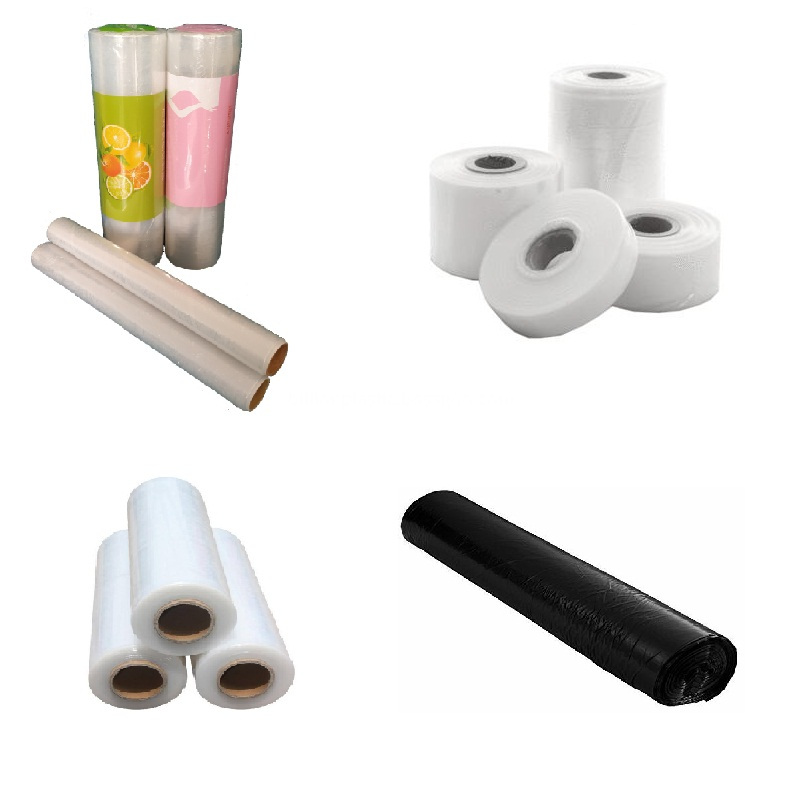Grinding test of pyrite cinder
In order to achieve high monomer dissociation of useful minerals and gangue minerals in pyrite cinder, and possible contamination of mineral surface and adhesion to some extent during sintering, grinding fineness is performed. Compare the tests to find the best grinding time and grinding fineness conditions. First, the determination of grinding time Under certain conditions of grinding concentration, the slag is ground on a ball mill for a certain period of time, and then a magnetic separation is used for sorting and comparison. The test results are shown in Fig. 1. Figure 1 trial grinding test The test conditions are: grinding concentration is 70%, grinding time is 3 min, 5 min, 8 min, 10 min, 15 min; magnetic separator frequency f = 20 rev / min, magnetic field strength 2000 Oersted. The results showed that with the increase of grinding time, sulfur, iron ore increased burning slag fines content, the solution of iron mineral and gangue minerals from the better grade iron ore gradually increased recoveries have increased and then decreased the trend of. If the grinding time is not enough, the high degree of dissociation is not achieved, and it is difficult to select a better index. However, if the grinding time is too long, the ultrafine grinding grains are too much, and the slag is in the slag. The fine mud content also affects the sorting index, and the loss of energy consumption is large, which is not reasonable from an economic point of view. Therefore, proper milling operations are necessary before the pyrite slag is selected, which is beneficial for improving the grade of iron concentrate. It can be seen from Table 1 that the grinding time is set to 5 min, and the -200 mesh content is 98.15%. The sufficient degree of dissociation of the slag is not too long for the grinding time and the energy consumption is lost. Table 1 Comparison test of grinding time Grinding time (min) Fineness (-200 mesh%) product name Yield(%) grade(%) Recovery rate(%) 0 72.87 Concentrate 22.65 58.62 26.17 Tailings 77.35 48.51 73.83 total 100.00 50.82 100.00 3 89.76 Concentrate 30.47 60.46 36.25 Tailings 69.53 46.60 63.75 total 100.00 50.82 100.00 5 98.15 (-400 mesh 47.06%) Concentrate 39.84 60.54 47.46 Tailings 60.16 46.38 52.54 total 100.00 50.82 100.00 8 -400 mesh 56.25% Concentrate 41.21 60.48 49.04 Tailings 58.79 46.05 50.96 total 100.00 50.82 100.00 10 -400 mesh 61.50% Concentrate 39.34 60.12 46.54 Tailings 60.66 45.79 53.46 total 100.00 50.82 100.00 15 -400 mesh 70.89% Concentrate 39.78 60.53 47.38 Tailings 60.22 46.41 52.62 total 100.00 50.82 100.00 Second, the determination of grinding fineness - water analysis test Hydraulic analysis is a method of indirectly measuring the particle size composition by measuring the sedimentation velocity of the particles. In order to determine the fineness of the pyrite cinder, the pyrite cinder after 3 min of grinding was subjected to a water test. Commonly used water analysis methods include sedimentation method, rising water flow method, and swirling water analysis method. This test uses a relatively simple and reliable method of the sedimentation method - elutriation. And the time required for the particle size d and the particle sedimentation h height is calculated by the following formula. Where: t-settling time (s); H-sedimentation distance (cm); v 0 - settling velocity (m/s); Dynamic viscosity of μ-medium (the dynamic viscosity of water at normal temperature is μ=10-3Pa·s); X-spherical spherical coefficient (take x = 1); D-material particle size; Δ-mineral density (kg/m 3 ); Ρ-media density (kg/m 3 ). The above method is used to determine the fineness of grinding of pyrite cinder. The pyrite cinder is first sieved with a 100 mesh sieve, and 1000 g is weighed and ground for 5 min on a XMB-67 200×240 rod mill, and then sieved with a 200 mesh sieve, and the product is dried and weighed; The sieved product was reduced by a shrinker four times, and one of them was subjected to a water analysis test. Table 2 shows the results of the water analysis test: Table 2 Determination of grinding fineness (water analysis test) Particle size d (mm) time Weight (g) Yield(%) -0.005▲ 2389s≈40min 2.2 4.04 -0.010~+0.005▲ 1194s≈20min 4.1 7.54 -0.019~+0.010■330s=5'30′′ 7.2 13.24 -0.037~+0.019■87s=1'27′′ 12.1 22.24 -0.053~+0.037■42′′ 27.6 50.74 -0.074~+0.053■- 1.2 0.22 total - 54.4 100.00 Note: After grinding for 3 minutes, sieve with 200 mesh sieve water, the product on the sieve is 18.5 g dry, accounting for 1.85% of the total weight; -200 mesh has 98.15%. In the formula, the h in the grain size is 10 cm; and the h in the grain size is 20 cm. Analysis of the results of water analysis showed that after 5 min grinding, -200 mesh accounted for 9815%, and 200 mesh below 200-270 mesh, accounting for 50.74% of the total weight, and -400 mesh accounted for 47.06%. 5min grinding time, grinding fineness can basically meet the requirements.
Our Polyethylene Film could be in high density polyethylene or low density polyethylene. It includes the lay-flat tubing, stretch wrap film fro industry, fresh film for household and Mulch Film. The films could be for industry or for household. Measurement, thickness, color, size of the roll and packing are depending on orders.
Polyethylene Films, polyethylene film roll, Polyethylene film roll, Polyethylene Terephthalate Film, Polyethylene Film 10 mil , Polyethylene Film Extrusion BILLION PLASTIC MANUFACTURING CO.,LTD, JIANGMEN , https://www.jmfoodpackagingbag.com


